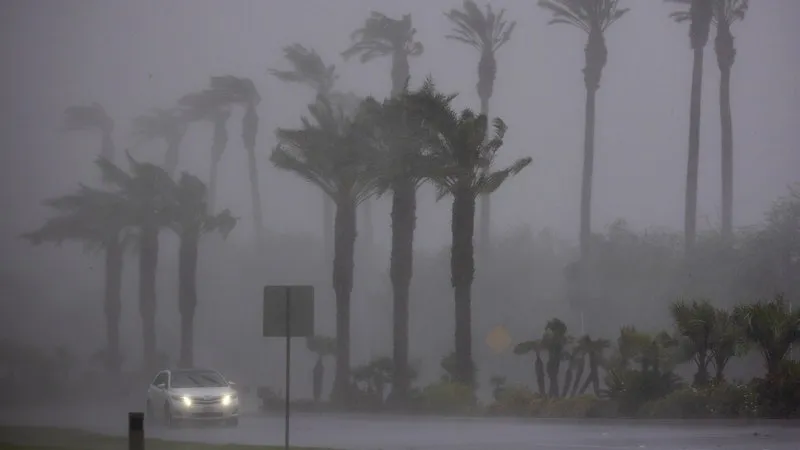The return of El Niño, a natural weather pattern characterized by hot temperatures, is poised to wreak havoc on people’s health and livelihoods worldwide, scientists have warned. After three years of its cooler counterpart, La Niña, the World Meteorological Organization (WMO) confirmed the shift last month. As El Niño grows stronger, experts fear it will exacerbate existing health concerns, such as hunger, drought, and malaria, in some regions.
Coupled with the ominous backdrop of rising global temperatures, the combination poses a dire threat to human health. Heat-related dangers, including heart disease and even suicide, are likely to worsen, according to Gregory Wellenius, head of the center for climate and health at Boston University’s school of public health. “Heat is unambiguously dangerous. Sometimes it leads to hospitalization, other times it leads to death. Then there’s indirect impacts that follow up on that.”
El Niño, a phenomenon resulting from natural shifts in winds and ocean temperatures, will bring heavier floods to some areas while drying others out. The last major El Niño episode occurred in 2016, which was the hottest year on record. While scientists acknowledge that El Niño does not guarantee a higher incidence of natural disasters worldwide, the pattern’s return will aid in forecasting climate conditions in specific regions, allowing for more effective preparedness measures.
One pressing concern is the potential impact on food security. Devastating weather shocks could prove fatal for farmers in countries already reeling from the COVID-19 pandemic, Russia’s invasion of Ukraine, and extreme weather events exacerbated by the climate crisis. Walter Baethgen, a scientist at Columbia University’s international research institute for climate and society, notes that many countries lack the flexibility to mitigate hunger, but international organizations such as the UN and the World Food Programme can utilize the information to prepare for anticipated food insecurity.

In Ethiopia, for instance, El Niño typically brings drought to the northern regions, and there may be an increased risk of infectious diseases. Madeleine Thomson, head of climate impacts and adaptation at Wellcome, cautions that people living at high altitudes are typically not exposed to malaria due to cooler temperatures. However, historical data indicates a surge in malaria transmission during El Niño years in areas where populations are not immune.
The convergence of global heating and El Niño has led to a rash of temperature records being broken in recent weeks. July 2023 has been declared the hottest month on record by the WMO, driven by greenhouse gases that have trapped excess heat in the atmosphere, elevating global temperatures by 1.2C since the Industrial Revolution. As temperatures continue to soar, the World Weather Attribution network reports that deadly heatwaves have plagued North America, southern Europe, and eastern Asia. Chris Hewitt, head of climate services at the WMO, emphasizes the need to halt the planet’s heating and keep temperature rise “as low as possible,” as every incremental increase in temperature heightens the risk of catastrophic consequences.

